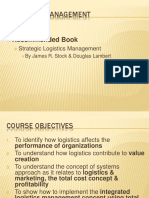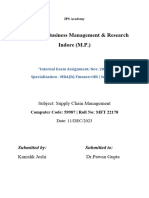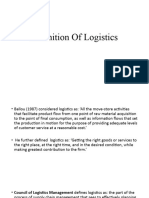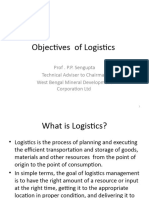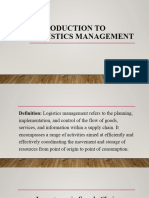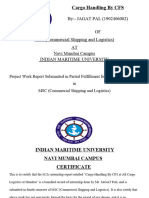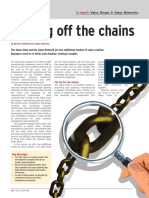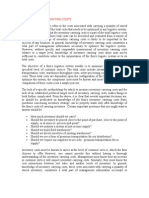0% found this document useful (0 votes)
16 views9 pagesIntroduction To Logistics
Logistics involves planning and executing the transportation and storage of goods to meet customer needs efficiently. Key logistics functions include product, price, place, and promotion, with goals such as increasing efficiency, reducing costs, and improving customer satisfaction. Logistics provides a competitive advantage through enhanced efficiency, lower costs, better inventory control, and improved customer experience.
Uploaded by
Kumbirai KaruwoCopyright
© © All Rights Reserved
We take content rights seriously. If you suspect this is your content, claim it here.
Available Formats
Download as DOCX, PDF, TXT or read online on Scribd
0% found this document useful (0 votes)
16 views9 pagesIntroduction To Logistics
Logistics involves planning and executing the transportation and storage of goods to meet customer needs efficiently. Key logistics functions include product, price, place, and promotion, with goals such as increasing efficiency, reducing costs, and improving customer satisfaction. Logistics provides a competitive advantage through enhanced efficiency, lower costs, better inventory control, and improved customer experience.
Uploaded by
Kumbirai KaruwoCopyright
© © All Rights Reserved
We take content rights seriously. If you suspect this is your content, claim it here.
Available Formats
Download as DOCX, PDF, TXT or read online on Scribd
/ 9




